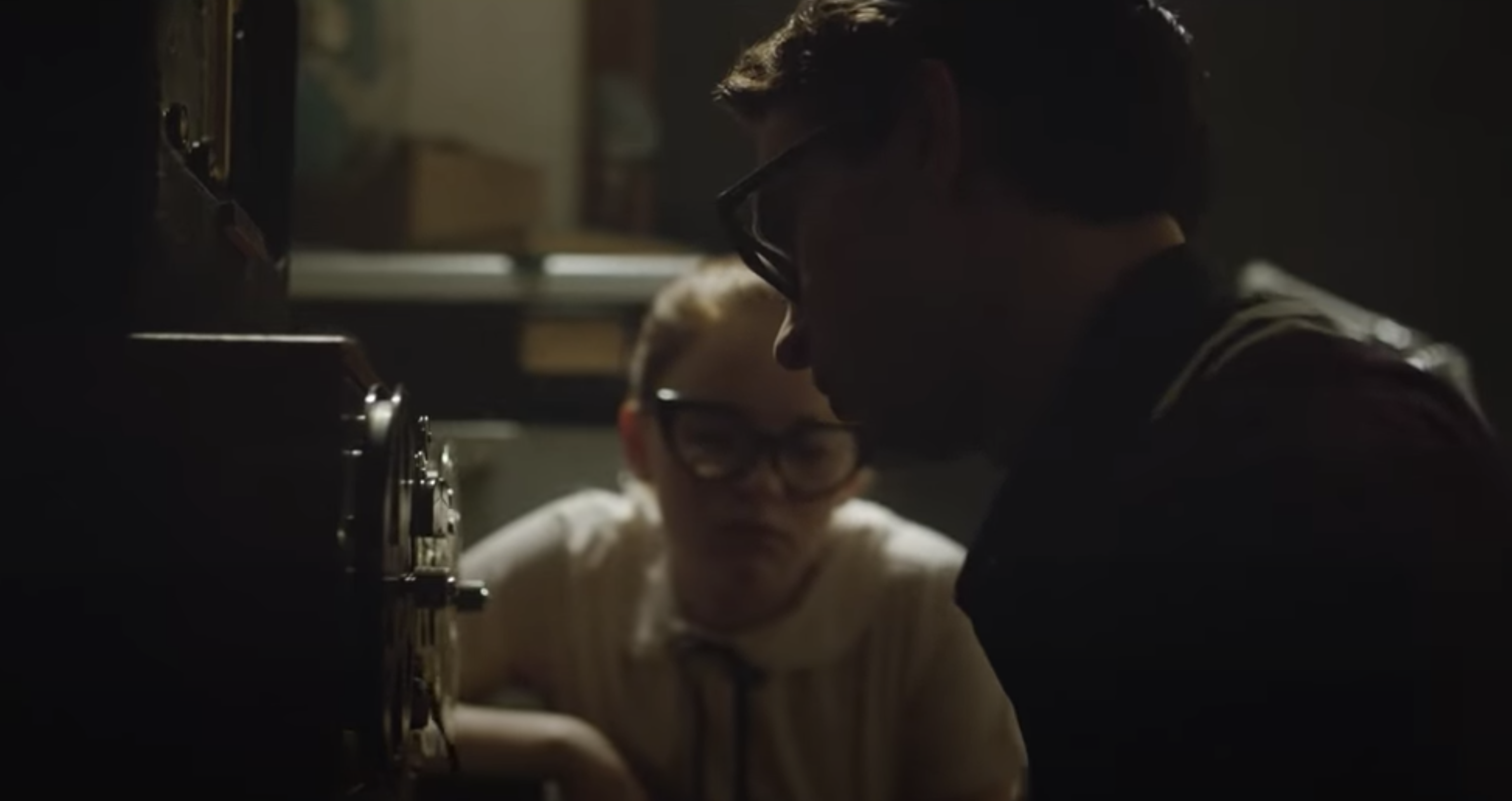“Mank” on Netflix
David Fincher’s “Mank” is not a film for casual moviegoers. This is an absolute truth. It is a highly stylized piece taken from a decades-old screenplay from David Fincher’s father, Jack and ghost co-written and reshaped by son David and Eric Roth. This is a film that has essence and a old-school sensibility when it comes to how to film it but, unfortunately, it is also a film which never fully realizes the drive and power of its subject, Oscar-winning screenwriter of “Citizen Kane”, Herman Mankiewicz.
Fincher is to be praised for the film’s structure which is defiantly and atypically old school. Today’s films have lost that spark of how to use the frame, save for the handful of modern directors (Fincher included) who respect the mastery of the filmmaking techniques of yesteryear.
Fincher and his cinematographer Erik Messerschmidt craft the film somewhat in the style of “Citizen Kane,” as “Mank” becomes a visually stunning time-shifting puzzle that relies on a flashback structure to tell the tale of the co-screenwriter of the Orson Welles masterpiece and the troubles he had getting his story from page to screen. This is more than just giving a film that takes place in the forties a black & white palate to be playful. This film has nuance and style. As a director, even when he fails, David Fincher films are always artfully-directed.
An outstanding Gary Oldman is Herman J. Mankiewicz. When we first meet Mank, he has a broken leg and is tucked away in a remote location with a nurse (Monika Gossmann) and a secretary (a wasted Lilly Collins) who is there to babysit him, as Mankiewicz must complete the screenplay for Welles’ new film in two months while battling his alcoholism and an undying contempt for the Hollywood studio system.
As he tries to create the script his way and tries to hide his drinking from his secretary, Fincher uses his flashbacks to take us through Mankiewicz’s time with actress Marion Davies (Amanda Seyfried, as bland as an actor can be), her lover William Randolph Hearst (the great Charles Dance giving his usual Charles Dance performance), and Louis B. Mayer (a solid Arliss Howard).
We see Mank working tirelessly as a member of the studio screenwriters and the audience is treated to interesting moments within the writer’s room, as they all piece ideas together while pitching to the likes of David O. Selznick and Joseph Von Sternberg.
[ON THURSDAY: Saïdeh Pakravan gives her take on “Mank”]
We hear Mankiewicz scoff at the overages of “The Wizard of Oz” and watch him push back against a Hollywood that was rapidly being overrun by snake oil salesmen with money and power.
What is fascinating about this time in Hollywood is all the anecdotal history that is to be devoured by cinephiles and any film fan interested in the Golden Age of the pictures.
Where that does not seem to work in this film is how (apart from the portrayal of Mankiewicz) these moments are all just that, anecdotes. While Mank is allowed a full characterization, all the other moments and people who move through his life are the stuff of lore but nothing more. Dramatic side stories on the tabloid pages of history.
The proper drama comes from Gary Oldman’s excellent performance as Mankiewicz which does indeed rank high amongst his late-career work. These days, the actor is rarely given the proper material that showcases what makes him one of our greatest actors. It’s not Oldman’s fault. To steal a quote from one of cinema’s greatest characters, “It’s the pictures that got small.”
The rest of the cast does what they can with their cliché-crafted roles.
Sam Troughton plays John Houseman as if he has never seen or heard of the man and Tom Burke has Orson Welles’ voice almost completely perfect, but the screenplay shows us nothing new. Yet another portrayal of Orson Welles that plays on his legend rather than creating an accurate picture of the real man.
Sadly, the film (be it the fault of the screenplay, the direction, or both) is structurally uneven. By the time the film introduces Mank watching Upton Sinclair’s campaign to become Democratic governor of California (which Mayer and Hearst bonded together to crush), the film becomes quite laborious as too much time is dedicated to this subplot which, to be fair, played a part in the way Mankiewicz crafted the character of Kane, but it becomes tiresome.
It must be said that the cinematography and the beautiful Bernard Herrmann-esque score are perfect partners in their quest to help Fincher pull off his vision.
However, while visually interesting, to ape the style of “Citizen Kane” while making a film about one of the men who wrote it is much too obvious a creative choice.
The film’s real problems boil down to the screenplay. Since Fincher and Eric Roth reshaped Jack Fincher’s original screenplay, we shall never know what could have been or whose fault it is that the film’s characters get the short end of the stick and the narrative becomes sloppy.
“Mank” is not a bad film. It is a visual treat that gives Gary Oldman a layered role that allows the full blast of his talents to be displayed.
Unfortunately, Fincher’s film will not endure beyond its visual imprint. While being celebrated by many critics, the screenplay is far from strong enough to make this an important classic by one of cinema’s most adventurous filmmakers.
There have been many films about Old Hollywood. Some good, some bad. David Fincher’s “Mank” is not a bad film but by its finale it hasn’t taught us anything new about anyone it portrays. It becomes just another in a long line of films of this type.
There is a sweet story to be told, where a modern filmmaker uses his clout to get his deceased father’s screenplay produced. That Fincher directed as well and gave sole screen credit to his father Jack is a beautiful gesture and will go down as a wonderful tale for film fans of the future. It is a tale that will endure where the film that birthed it will not.
news via inbox
Nulla turp dis cursus. Integer liberos euismod pretium faucibua



